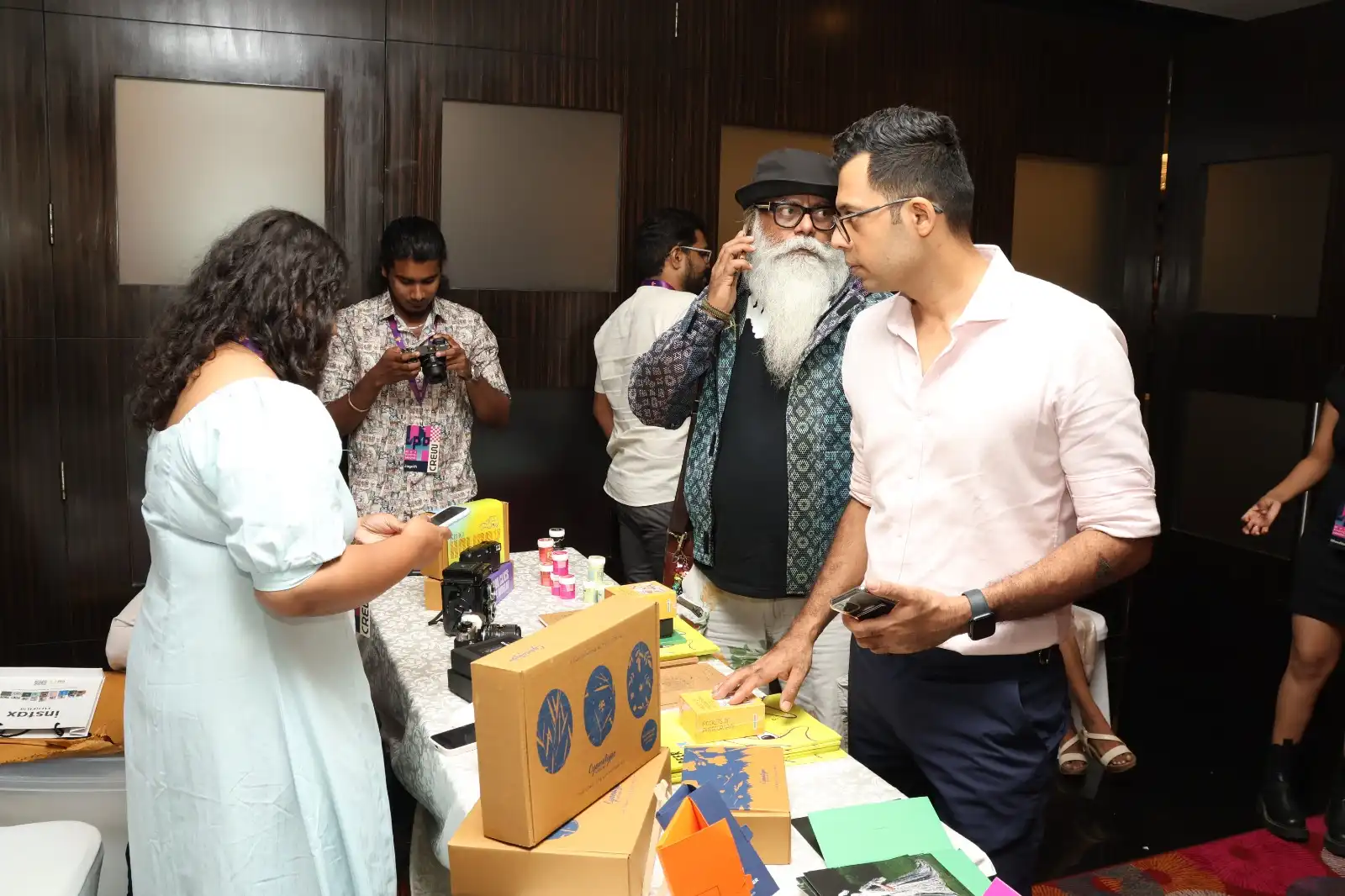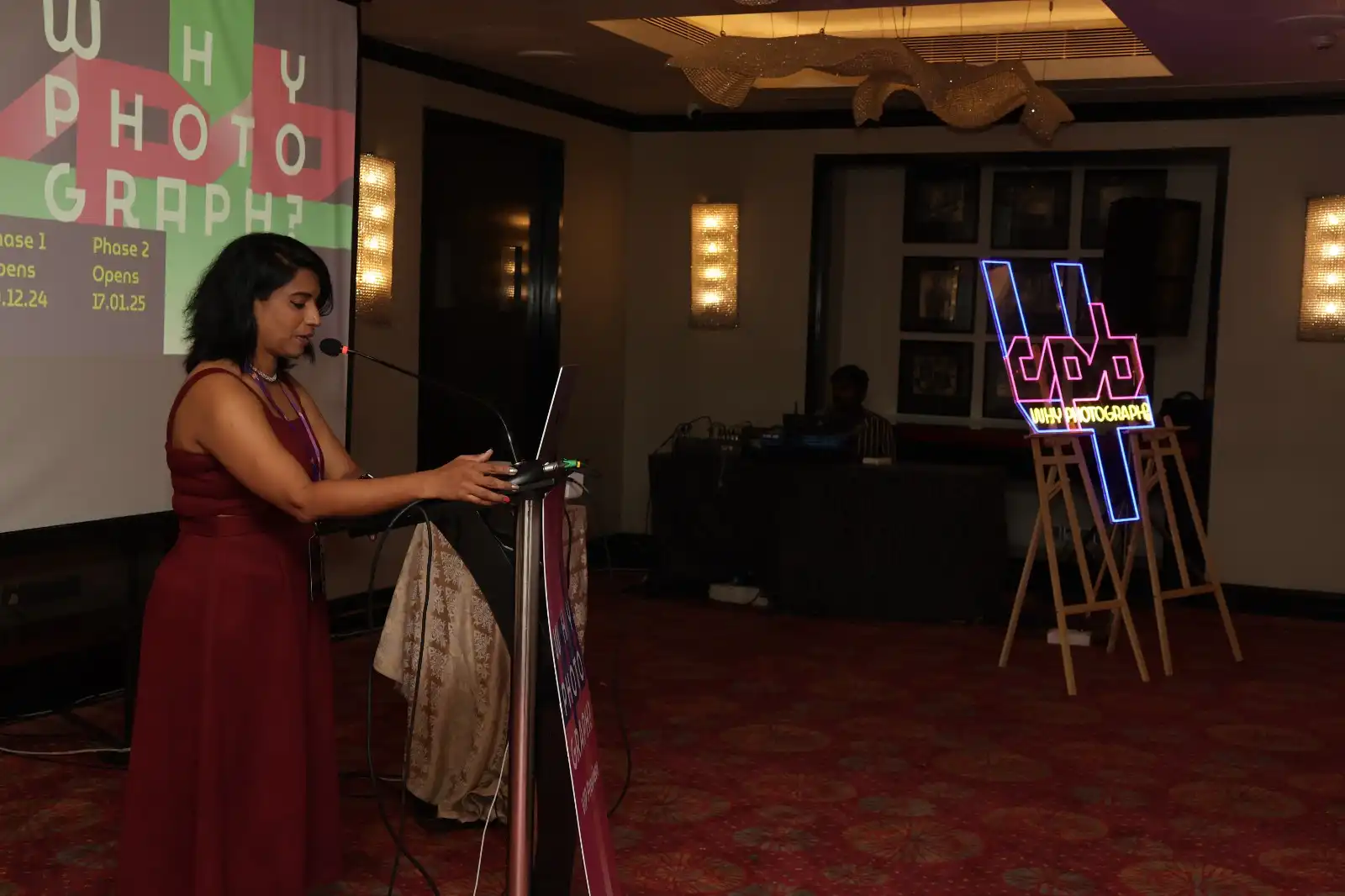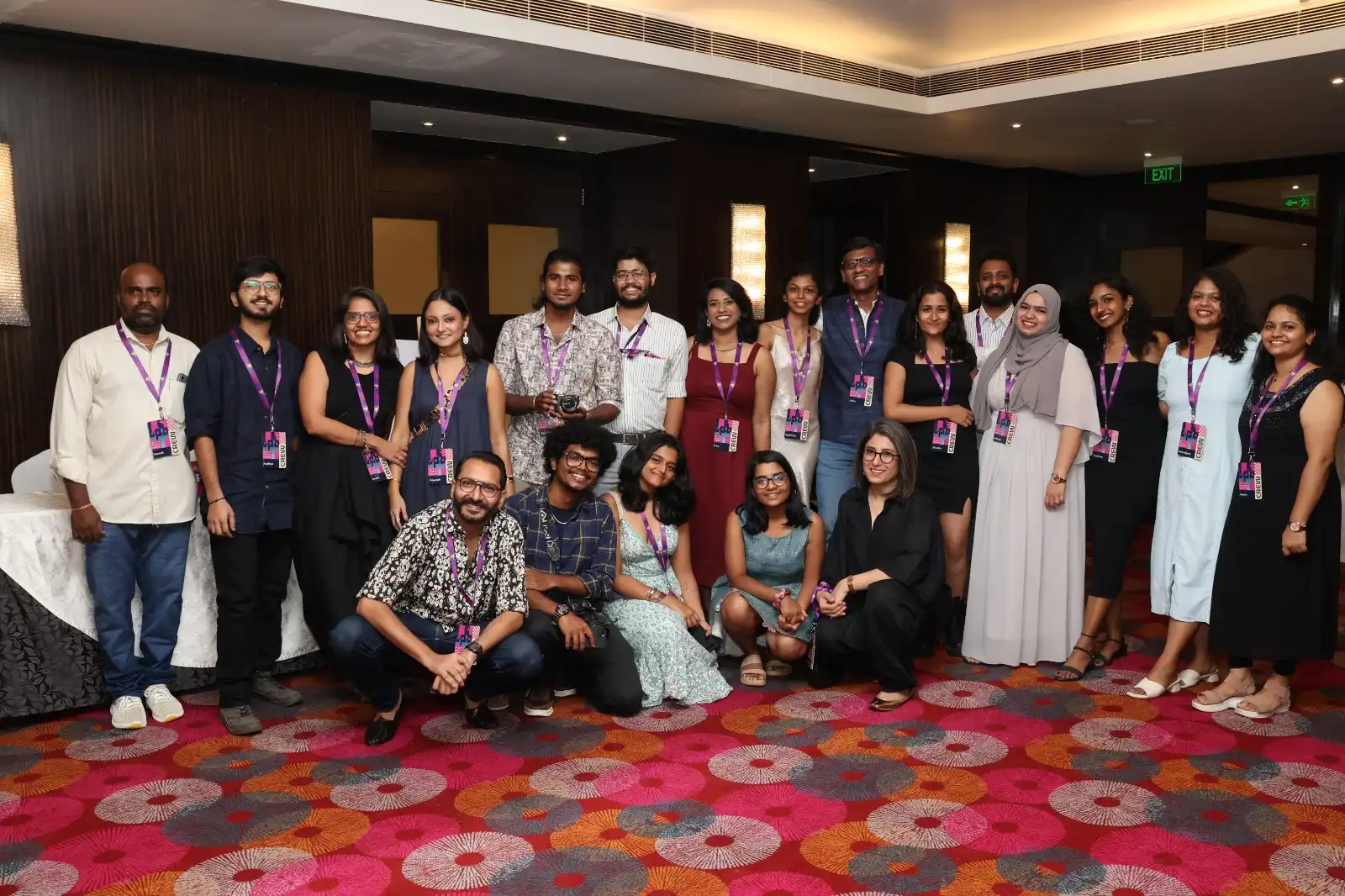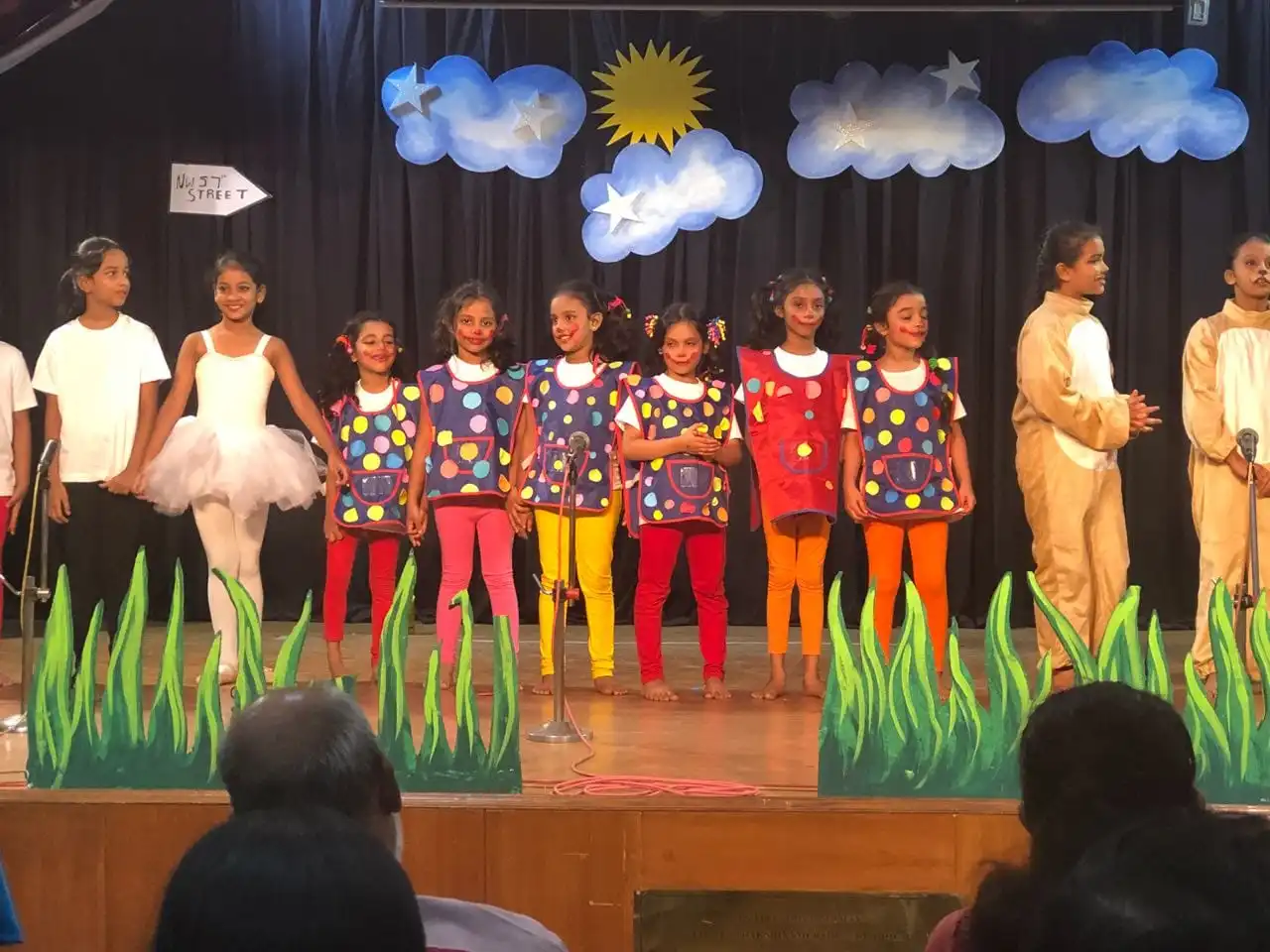The fourth edition of the Chennai Photo Biennale poses the question, ‘Why Photograph?’ and unfolds a set of inquiries into our relationship with photography. In this era of visual saturation, CPB4 brings together slower approaches to image making. Dayanita Singh has been sharing reflections on this very inquiry - ‘Why Photograph?’ via texts on instagram, and she asks - “While Photography becomes a people’s movement, a public act, and the language most people will speak, what then will a professional photographer be?”
The biennale will showcase diverse practices by artists who are reshaping dominant narratives by addressing gaps in representation, remixing colonial visual vocabularies with native avant garde aesthetics, by shifting the gaze from the lone photographer to forge an ethic of care and collective authorship.

“My own endeavour has involved learning to listen more deeply, to get myself out of the way in order to see more clearly, and collectively. While photography is a democratic medium in some respects, as almost everyone today has access to some form of camera, there is disproportionate power in terms of who gets to tell the story. My own small attempt has been to try and cede control of representation, and visualisation. Photography can help us not only broaden monolithic representations, but also to expand the closed and self-referential circles of power and visibility, who gets to be included, and who is excluded. Where and towards whom we direct our attention is an act of love, and belief,” says Gauri Gill
Photography makes history visible, but instead of accepting photography as truth, artists have been questioning the motives underlying the image’s production, thereby altering the very act of looking at photography itself.
“Photography as an apparatus of power cannot be reduced to any of its components, i.e., a camera, a photographer, a photographed environment, object, person or spectator. It designates an ensemble of diverse actions that contain the production, distribution, exchange and consumption of the photographic image. Like Citizenship, Photography is no one’s property,” says Ariella Azoulay.

The biennale has also been consumed by a concurrent question - Who is the biennale for? CPB4 brings together curators, photographers, lens-based artists and audiences from around the world to experience exhibitions and programs set against the backdrop of our city. The Biennale invites the citizens of Chennai - families, commuters, teachers, students and artists to see their hometown anew.
This edition strives to foster a thoughtful, rigorous, and playful understanding of how photography is shaping and changing our lives. How does photography teach all of us to live now?
Why Photograph? is an attempt to bring to you the who (not just the who’s who), the what, the where, and the why - and in the process reassess both the strengths and inadequacies of the medium. The texts and images that you will encounter in our exhibitions were not produced for a biennale or for a book. The biennale will not just unveil new photographers or celebrate the history of photographic practices, but explore diverse ways of seeing, thinking, feeling, and presenting.
The CPB4 is set to open in two phases:
Phase 1: December 20, 2024
Phase 2: January 17, 2025
Biennale closes on March 16, 2025.
Both phases will include a set of primary shows of the CPB Foundation as well as the CPB Invitation shows that are pre-existing works and projects invited to be part of the CPB4.





